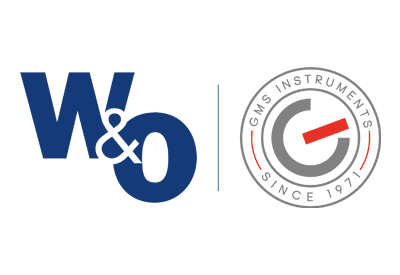
Test & Calibration Equipment
Temperature calibrators
When you are unsure whether your temperature instrument is accurate, you can simulate and calibrate using a temperature calibrator. With many different designs, temperature ranges and inserts, a suitable temperature calibrator will always suit your application and working environment.
The different ways to calibrate temperature
- Dry block calibrator
- Liquid bath calibrator
- Infrared calibrator
- Surface temperature calibrator
Dry block temperature calibration
Simplify your temperature calibration in the field or in the lab with a dry-block calibrator. This type of calibrator comes with adapter sleeves for every diameter temperature sensor. Because the dry block calibrator covers the entire temperature range, there is no need to switch the calibration medium. Also, viscosity, flash point and outgassing are of no concern. You can also choose to install an adapter sleeve with multiple boreholes, so switching is also less common.
Liquid bath calibration
Using a liquid for temperature calibration has the advantage that unusual shapes and dimensions of temperature instrumentation are no problem. Also, the direct contact between the calibration liquid and the test instrument ensures that the temperature is homogenous and transferred well to the test instrument. The liquid bath temperature calibrator comes with a lid to reduce heat emission and to solidly place the test instrument into the liquid.
Infrared calibration (Or black body calibration)
The infrared calibration sleeve is used to calibrate infrared thermometers or even thermal imaging cameras! The surface and shape of the insert create a non-reflective surface that emits the required temperature very accurately. The test instrument is held above the calibrator at the required distance, ensuring that the desired measurement area is correct at the bottom of the calibrator insert.
Surface temperature calibration
The last variant is for surface temperature sensors. The sensors are calibrated using the special insert that is installed with the required contact force. The sleeve is designed in such a way that the temperature is optimally homogenous at the center of the insert. The design ensures good contact with the sensor, and there is no need for thermally conductive paste or any other conduction aids.
Would you like to know more about temperature calibration in general? Then check out our blog, where we answer the four most commonly asked questions about temperature calibration.
